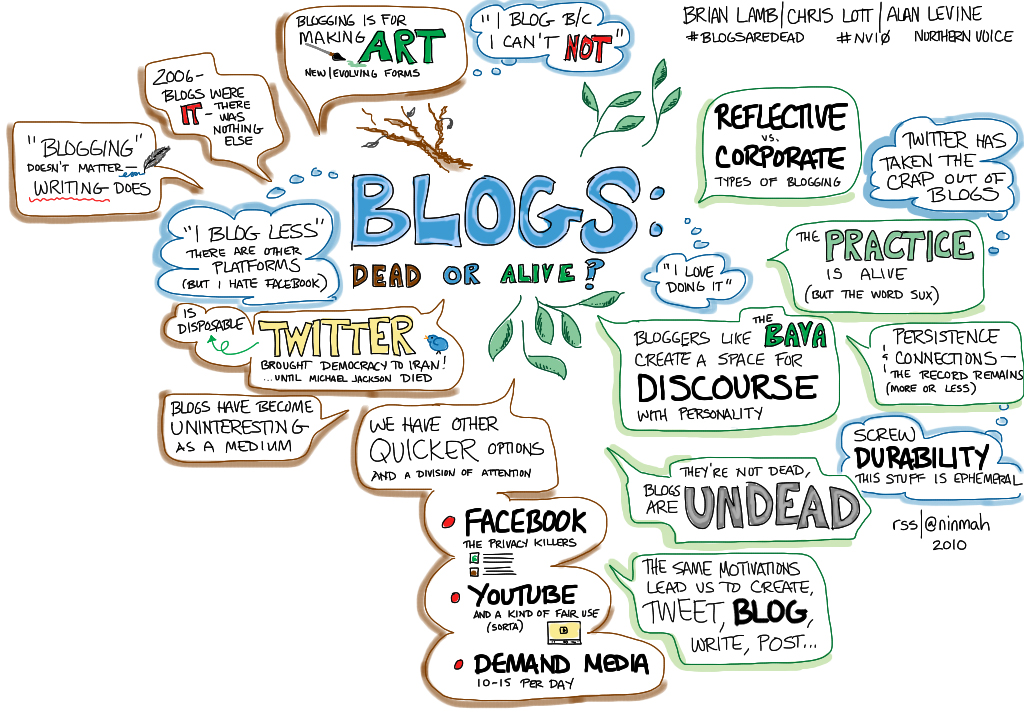Blogging best practices can be a powerful tool for healthcare practices to connect with patients and boost their online presence. When done right, it can establish your expertise, build trust, and attract new patients to your practice. Healthcare content marketing and blogs can significantly increase website traffic and patient engagement.

To make the most of your healthcare blog, you’ll need to focus on creating valuable, patient-centric content that addresses common concerns and questions. Keep your posts informative yet easy to understand, and always prioritize accuracy in health information.
Remember to post regularly and optimize your content for search engines to improve visibility.
Key Takeaways
- Create patient-focused content that addresses common health concerns and questions
- Optimize your blog posts for search engines to improve visibility and attract more readers
- Maintain a consistent posting schedule to keep your audience engaged and coming back for more
Developing a Patient-Centric Blogging Best Practices Approach

Creating a blog that truly resonates with your patients requires a thoughtful strategy. You’ll need to understand your audience, choose engaging topics, and deliver valuable content while maintaining compliance.
Identifying the Target Audience
To create content that hits the mark, you need to know who you’re writing for. Start by analyzing your patient demographics. Are they mostly young families, seniors, or a mix? What are their common health concerns?
Use tools like Google Analytics to understand who’s visiting your website. Look at which pages get the most traffic and what topics generate interest. This data can guide your content strategy.
Don’t forget to engage with your patients directly. Ask them what kind of information they find helpful. You can use surveys, social media polls, or even casual conversations during appointments to gather insights.
Top 7 Blogging Topics for Patient Engagement
When selecting topics, think about what your patients really want to know. Here are some ideas to get you started:
- Seasonal health tips (e.g., flu prevention in winter)
- Explanations of common health conditions
- Healthy lifestyle advice
- Updates on new treatments or technologies in your field
- Patient stories (HIPAA-compliant, of course!)
- Myth-busting blogs
- Q&A posts addressing frequently asked patient questions
Focus on answering patient questions and addressing their concerns. This approach not only helps with engagement but can also boost your SEO.
Creating Content That Educates
Your blog is a powerful tool for patient education. Use it to explain health medical concepts in simple terms. Break down jargon and use analogies to make information more digestible.
Visual aids can be incredibly helpful. Consider including:
- Infographics to illustrate statistics or processes
- Short videos explaining procedures
- Images to complement your text
Make your content actionable. Include tips that patients can implement in their daily lives. For example, if you’re writing about heart health, you could include a list of heart-healthy recipes.
Maintaining HIPAA Compliance
While sharing valuable content, it’s crucial to protect patient privacy. Never use real patient stories without explicit consent. If you want to share case studies, always anonymize the details.
Be cautious when responding to comments. Don’t confirm whether someone is your patient or discuss specific situations publicly. Instead, invite them to call your office for personalized advice.
When discussing health conditions or treatments, use general terms. Avoid making promises about outcomes. Instead, focus on providing factual, evidence-based information.
Consider having a healthcare attorney review your blog posts periodically to ensure you’re staying within HIPAA guidelines. This extra step can protect your practice and maintain patient trust.
Optimizing and Marketing Your Healthcare Blog

Effective optimization and marketing of your healthcare blog can significantly boost your online presence and patient engagement. By implementing targeted strategies, you can enhance visibility, reach a wider audience, and establish your practice as a trusted authority in the field.
Strategies for Search Engine Optimization
Start by focusing on SEO keywords relevant to your healthcare niche. Conduct thorough keyword research to identify terms your potential patients are searching for. Incorporate these naturally into your blog posts, titles, and meta descriptions.
Optimize your blog’s structure with clear headings and subheadings. Use internal linking to connect related content, helping search engines understand your site’s structure and improving user navigation.
Ensure your blog is mobile-friendly and loads quickly. Google prioritizes mobile-first indexing, so a responsive design is crucial for ranking well.
Utilizing Social Media for Wider Reach
Leverage social media platforms to promote your blog posts and engage with your audience. Share snippets or key takeaways from your articles on Facebook, Twitter, and Instagram to pique interest and drive traffic to your blog.
Encourage your staff and colleagues to share your content on their professional profiles. This can help expand your reach within the healthcare community.
Use hashtags relevant to your content and healthcare topics to increase discoverability. Engage with your followers by responding to comments and participating in healthcare-related discussions on social platforms.
Building Authority Through Quality Content
Focus on creating valuable, informative content that addresses your patients’ needs and concerns. Cover topics ranging from preventive care to the latest treatments in your field.
Showcase your expertise by writing in-depth articles on complex medical topics, breaking them down into easily understandable language for your readers. Include case studies or patient success stories to demonstrate real-world applications of your knowledge.
Invite guest contributors, such as fellow physicians or healthcare experts, to write for your blog. This can add diverse perspectives and strengthen your blog’s authority.
Frequently Asked Questions

Blogging for healthcare practices involves engaging readers, educating patients, and sharing accurate information. Here are answers to common questions about creating effective medical blogs.
What’s the secret sauce to engaging readers with a health blog?
The key is to write in a conversational tone and use relatable examples. Break down complex medical topics into digestible chunks. Connect with your patients by addressing their common concerns and questions.
Use visuals like infographics or diagrams to illustrate concepts. Encourage interaction by ending posts with questions or inviting readers to share their experiences.
How can health professionals leverage blogs for patient education?
Use your blog to explain health conditions, treatments, and preventive care in simple terms. Create FAQs about procedures or common health issues your patients face.
Share tips for managing chronic conditions or maintaining overall wellness. Highlight new research or treatment options relevant to your practice area.
What kind of content should docs include in their health blogs?
Focus on topics that matter to your patients. Write about common symptoms, diagnostic processes, and treatment options for conditions you frequently see.
Discuss lifestyle factors that impact health, like nutrition or exercise. Share success stories or case studies (with patient permission) to illustrate positive outcomes.
Got any tips for making a health-related blog not just informative, but also interesting?
Use storytelling techniques to make your content more engaging. Start with an intriguing question or a relatable scenario. Include patient anecdotes (anonymized) to illustrate key points.
Mix up your content formats. Try creating listicles, how-to guides, or myth-busting posts. Use analogies to explain complex medical concepts in familiar terms.
How often should healthcare pros update their blog to stay relevant?
Aim for consistency rather than frequency. Posting bi-weekly is a good rule of thumb for most practices.
Quality trumps quantity. It’s better to publish well-researched, thoughtful posts less often than to rush out low-quality content frequently.
What steps should healthcare bloggers take to ensure their information is accurate and trustworthy?
Always cite reputable sources like peer-reviewed journals or recognized health organizations.
Also, make sure to stay up-to-date with the latest research in your field.
Have colleagues review your posts for accuracy before publishing.
Include disclaimers reminding readers to consult their healthcare provider for personalized advice.







